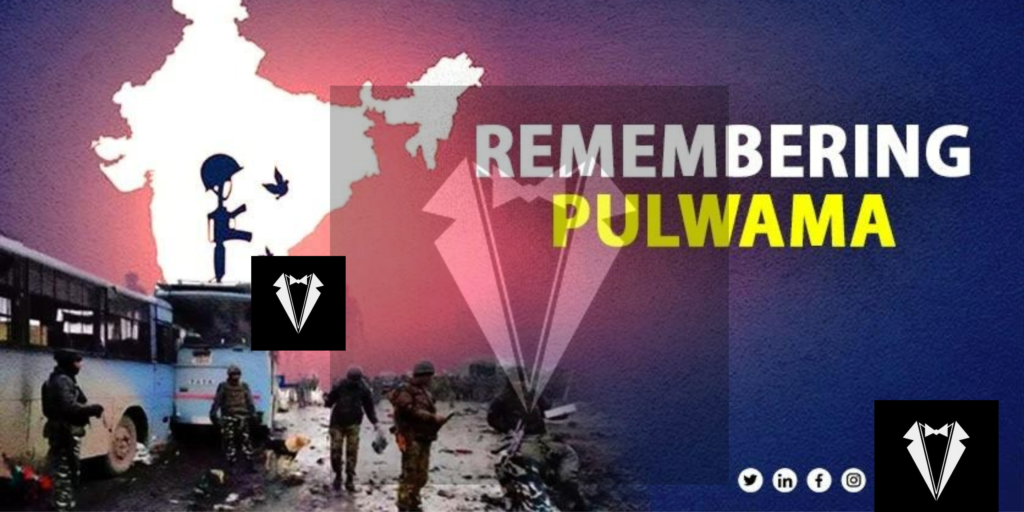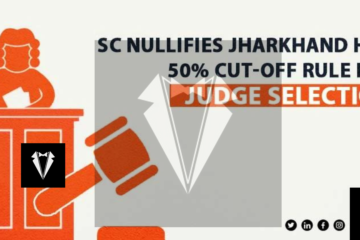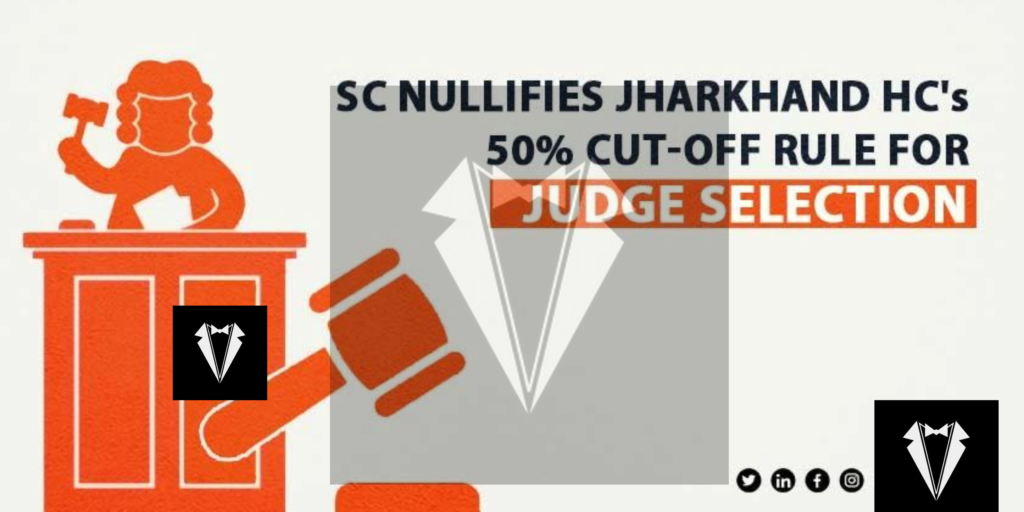
The reprehensible act of terrorism targeted a convoy of vehicles transporting Central Reserve Police Force (CRPF) personnel. Here are key details about the incident:
Magnitude of the Attack: The attack resulted in the tragic loss of more than 40 CRPF jawans, marking it as one of the deadliest terrorist assaults on Indian security forces in the region.
Method of Attack: The assailant executed a vehicle-borne suicide bombing by driving an explosive-laden vehicle into one of the convoy buses, causing a massive explosion. The terrorist group Jaish-e-Mohammed claimed responsibility for the attack.
International Condemnation: The attack received widespread international condemnation. Countries worldwide expressed condolences and solidarity with India, unequivocally denouncing the act of terrorism.
Impact on India-Pakistan Relations: The Pulwama attack significantly escalated tensions between India and Pakistan, leading to further military and diplomatic confrontations in the subsequent weeks.
Response and Counter-terrorism Measures: In response, India conducted air strikes against a suspected Jaish-e-Mohammed training camp in Balakot, Pakistan, on February 26, 2019. Domestically, India intensified counter-terrorism measures, implementing legislative and security enhancements.
Memorial for the Martyrs: A memorial for the CRPF martyrs of the Pulwama attack was inaugurated at Lethpora camp on February 14, 2020. The memorial bears the names of all 40 personnel who lost their lives, serving as a tribute to their sacrifice.
Security Reforms: The Pulwama attack prompted a comprehensive review and reinforcement of security measures for the protection of security forces in Jammu and Kashmir, including the use of bomb-proof vehicles and enhanced intelligence-sharing mechanisms.
This tragic event remains a somber reminder of the persistent threats posed by terrorism and the ongoing challenges faced by nations in ensuring the safety and security of their citizens and defense personnel.



